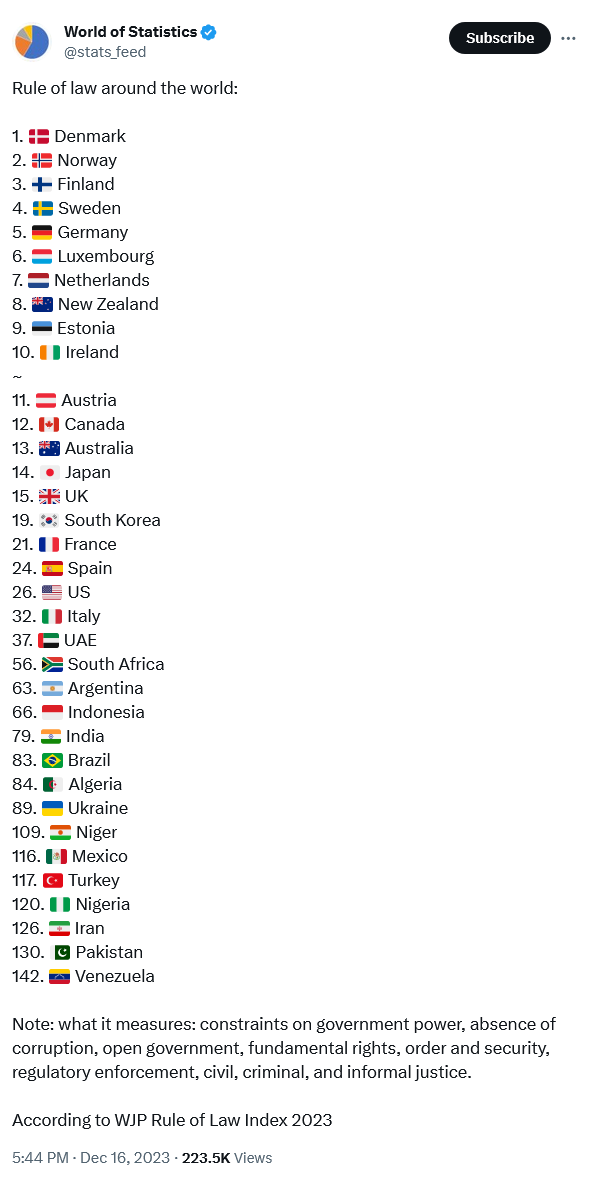#GasolinePrices #FuelEconomics #GlobalFuelMarket #EnergyCosts
Introduction
In the intricate web of international economics, few elements impact our daily lives as ubiquitously as gasoline prices. This article aims to unravel the complex tapestry of fuel costs, comparing prices per liter in various nations. From the remarkably low $0.029 in Iran to the staggering $3.099 in Hong Kong, this exploration will provide insights into the economic factors shaping the global fuel matrix.
Section 1: The Economic Landscape of Fuel Prices
Navigating the vast disparities in gasoline prices requires an understanding of the economic forces at play. Nations such as Iran and Venezuela, with prices below $0.05, often have unique economic structures driven by oil production. Conversely, countries like Hong Kong and Norway, where prices exceed $2.00, face different challenges related to taxation, import costs, and environmental policies.
Section 2: Middle Eastern Dynamics
In the Middle East, nations like Kuwait and Saudi Arabia boast remarkably low gasoline prices, driven by their status as major oil producers. As economic powerhouses in the region, their citizens enjoy the benefits of subsidized fuel costs. Understanding this dynamic sheds light on the symbiotic relationship between oil production, government policies, and consumer expenses.
Section 3: The European Paradigm
Europe presents a diverse landscape of gasoline prices. While nations like Ukraine and Czechia maintain prices around $1.50, Western European countries like the UK, Germany, and France surpass the $1.90 mark. This divergence stems from a combination of factors, including taxation policies, environmental initiatives, and market dynamics.
Section 4: Asia-Pacific Realities
In the Asia-Pacific region, a wide spectrum of gasoline prices reflects the economic diversity of the continent. From the affordable rates in India and Indonesia to the higher costs in Australia and Japan, these figures underscore the influence of regional economic structures, government policies, and global market dynamics.
Conclusion
As we traverse the globe through the lens of gasoline prices, a clear pattern emerges: fuel costs are a reflection of complex economic interplays. From oil-producing nations in the Middle East to environmentally conscious countries in Europe, each region grapples with distinct challenges that shape the price at the pump.
Understanding these nuances is not just an exercise in economic analysis but a key to comprehending the interconnectedness of our globalized world. Whether influenced by geopolitical factors, taxation policies, or environmental considerations, gasoline prices tell a compelling story of nations navigating the delicate balance between economic sustainability and consumer affordability.
Additional Insights
Geopolitical Influences: Consider the impact of geopolitical events on fuel prices, such as sanctions, trade agreements, and political instability.
Environmental Policies: Explore how countries with higher fuel prices may be leveraging taxation to encourage sustainable transportation alternatives.
Consumer Perspectives: Delve into the implications of varying gasoline prices on consumer behaviors, including shifts toward electric vehicles and public transportation.
A Call to Reflection
In an era where energy dynamics are central to global discussions, let us reflect on the intricate connections between fuel prices, economic structures, and environmental consciousness. The journey of a liter of gasoline encompasses geopolitical intricacies, economic policies, and the aspirations of nations striving for a balance between progress and sustainability.











